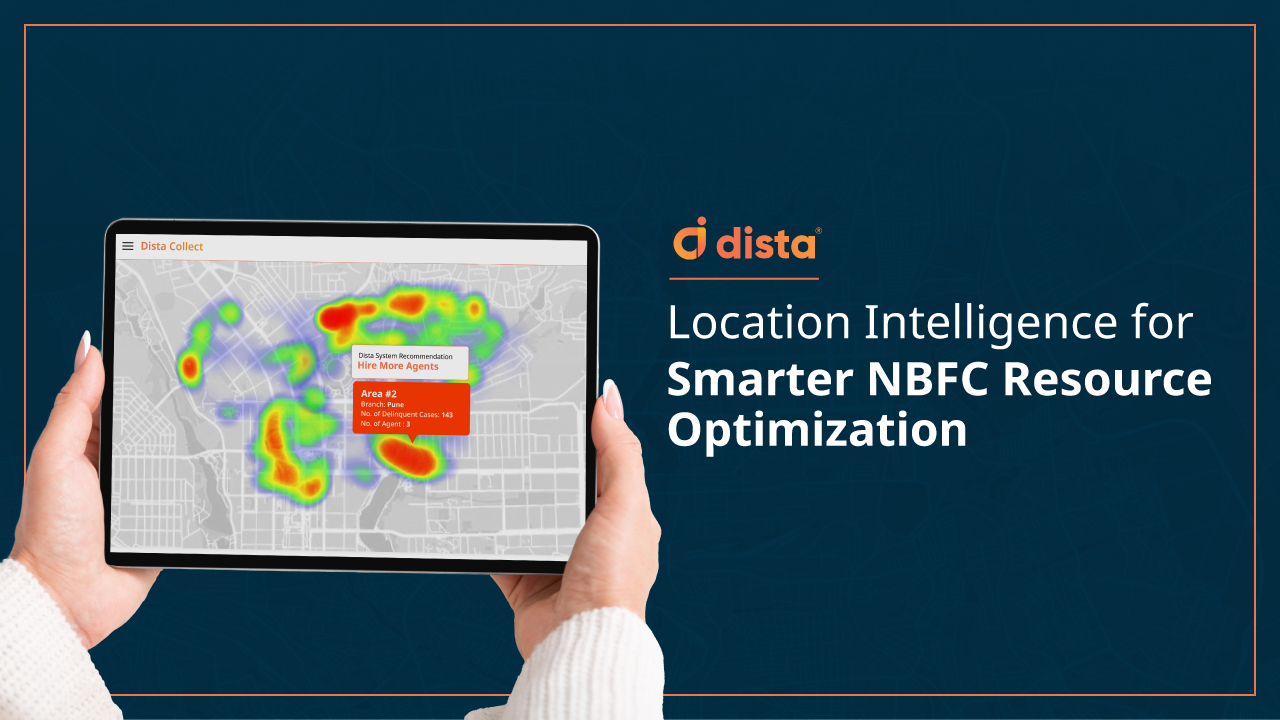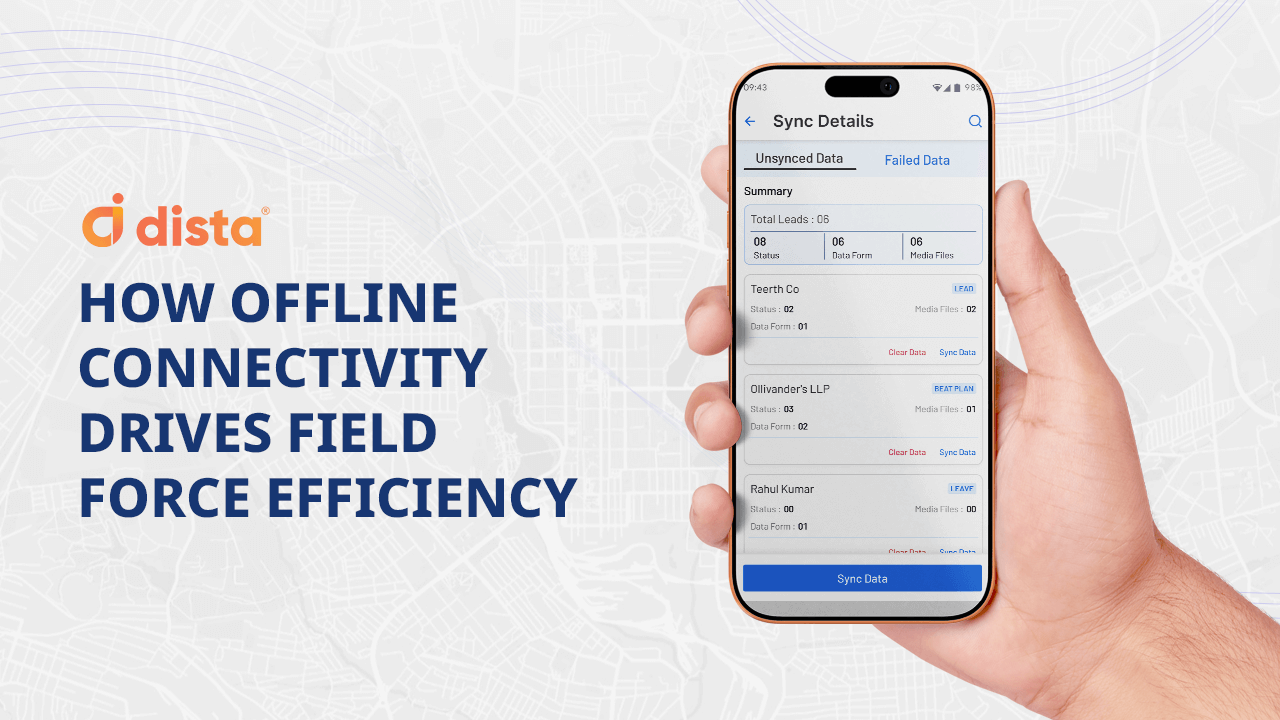Non-Banking Financial Companies (NBFCs) in India power credit access for diverse customer segments ranging from urban salaried professionals, rural entrepreneurs, to first-time borrowers. They manage scale through vast branch networks, thousands of field collection agents, and large third-party agency ecosystems.
However, network and resource planning in NBFCs hasn’t kept pace with its growing pressures. Many NBFCs still rely on spreadsheets, manual allocation rules, and fragmented systems, often resulting in,
- Uneven borrower coverage across geographies
- Wasted travel time and inflated operating costs
- Agencies overloaded in one region and underutilized in another
- Delayed borrower contact and missed collections
Rising Risk and Pressure on Collections
Indian NBFCs have experienced rapid asset growth but their physical branch and agency networks remain heavily influenced by legacy expansion patterns, not by where borrowers reside today. Between 2005 and 2020, the number of NBFCs declined at a compound annual rate of 2.1%, yet asset size grew at 18.7% CAGR, indicating that much of the traditional footprint outlasted demand shifts and high-growth segments.
Moreover, many NBFCs still allocate field staff and agency resources using historical templates, rather than dynamic borrower clusters. Market analyses highlight that in FY24, nearly 48% of NBFC retail lending is directed to areas outside major cities, yet staffing levels in semi-urban and rural branches have lagged behind the trends.
This gap between legacy branch footprints and current borrower distribution creates inefficiencies and uneven coverage across the network.
How Does a Location-First Approach Help in Network and Resource Optimization?
1. Optimize Branch and Agent Networks
Acute location intelligence allows NBFCs to analyse borrower density, repayment patterns, and delinquency clusters at a micro-level.
Take Maharashtra as an example: one taluka may show rising loan delinquencies, while a neighbouring one reflects a stable salaried base.

2. A Pincode-led Approach Hides this Nuance; Cluster Analysis Makes it Visible
Managers can then adjust branch coverage, redeploy agents, and rebalance agency workloads — keeping resources aligned to real borrower demand rather than legacy assumptions.
3. Smarter Case Allocation for Collections
Many NBFCs still assign borrower accounts manually over Excel or WhatsApp. This slows response times and causes overlaps between telecalling and field teams.
Dista Collect automates this process through the SPACE framework i.e. Skill, Proximity, Availability, Capacity, and Experience. A high-value overdue borrower in Nagpur, for example, is matched to an experienced local collector, while routine cases are assigned to junior agents or telecalling staff.
This ensures the right agent handles the right account, workloads are balanced across agencies, and travel is minimum.

4. Resource Forecasting for Field Collections
Lack of visibility and on-ground realities, NBFCs are often at a risk of miscalculating staffing needs — overestimating in one branch, underestimating in another. With location intelligence, NBFCs can forecast staffing by analysing loan disbursal volumes, borrower distribution, and agent productivity.
For example, if a Jaipur branch expects a surge in two-wheeler loans, managers can simulate staffing demand in advance and decide whether existing agents can handle the load or if temporary staff are needed.
This proactive approach ensures agents are neither idle nor overstretched.
5. Driving Down the Cost-to-Collection Ratio
Optimising networks and resources has a direct financial impact. Travel costs drop, overlaps vanish, and recoveries speed up. This lowers the cost-to-collection ratio, boosting margins without additional manpower.
One leading NBFC managing nearly one million borrowers used Dista Collect to unify more than 100 third-party agencies.
The result? Real-time visibility, streamlined workflows, and faster recoveries.
Case Study: Streamlining Collections for a Leading NBFC
Aligning Networks and Resources for Sustainable Scale
The NBFC sector is entering a phase of rapid expansion, with retail credit and microfinance portfolios growing faster than ever. Static branch footprints, manual agency splits, and spreadsheet-based is sure to lag behind shifting borrower patterns.
Location intelligence provides a sharper way forward. By mapping borrower density, repayment trends, and delinquency clusters at a granular level, NBFCs can continuously realign branches, agencies, and field agents to match demand. This precision ensures resources are neither overstretched nor underutilised, recovery cycles are shorter, and operational costs are contained.
Schedule a demo to see how Dista Collect powers network and resource optimisation for NBFCs.






